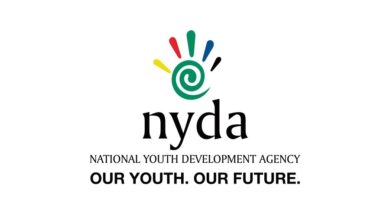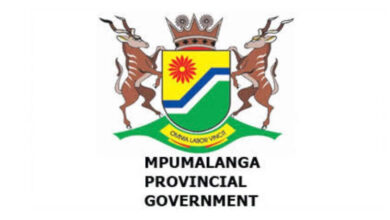20 Things You Should Know About Registering A Trademark in South Africa

Registering a trademark is a critical step for any business looking to establish and protect its brand identity in the marketplace. In South Africa, the process of trademark registration is governed by specific laws and regulations designed to safeguard the distinctive symbols, phrases, or logos that distinguish a company’s goods or services from those of others. This comprehensive understanding not only ensures legal protection but also enhances the value of a brand. Here are 20 important things you should know about registering a trademark in South Africa, from the definition of what qualifies as a trademark to the enforcement of trademark rights.
20 Things You Should Know About Registering a Trademark in South Africa
1. Definition of a Trademark: In South Africa, a trademark can be a brand name, slogan, or logo that distinguishes goods or services of one provider from another.
2. Exclusive Rights: Once registered, a trademark grants the owner exclusive rights to use it in the market. No one else can use a similar mark that might cause confusion.
3. Legal Protection: Trademarks are protected under the Trade Marks Act, 1993 (Act 194 of 1993) only when registered. Unregistered trademarks rely on common law for defense.
4. Requirement for Registration: To be registered, a trademark must uniquely identify the goods or services of one trader from those of others.
5. Administrator of Trademark Registration: The Companies and Intellectual Property Commission (CIPC) administers the Register of Trade Marks in South Africa.
6. Lifespan of a Trademark: A registered trademark can be protected indefinitely, provided it is renewed every ten years with the requisite fee.
7. Eligibility Criteria: A trademark must not be generic, descriptive, customary in the field of trade, represent protected emblems, or be offensive, deceptive, or contrary to law.
8. Search Before Application: Conducting a thorough search before application is crucial to ensure that a similar trademark does not already exist.
9. Application Process: The process involves filing a trademark application with the CIPC, including details of the trademark and the goods/services it will represent.
10. Classification of Goods/Services: Trademarks are registered under specific classes of goods or services as per the international classification system.
11. Opposition Period: Once a trademark application is published, there is an opposition period where third parties can challenge the registration.
12. Registration Certificate: Upon successful registration, a certificate is issued, providing legal status to the trademark.
13. Use of the ™ and ® Symbols: ™ can be used with the trademark once applied for, while ® is used once it is registered.
14. Geographic Scope: A trademark registered in South Africa is only protected within its borders.
15. International Registration: For international protection, South African businesses need to apply for trademark registration in other countries or use international systems such as the Madrid Protocol.
16. Renewal Process: Timely renewal of trademarks is essential to maintain exclusive rights, with reminders usually sent by the CIPC.
17. Transfer and Licensing: Registered trademarks can be transferred or licensed to others, with the agreements recorded on the Trademark Register.
18. Enforcement: Owners of registered trademarks can take legal action against infringement, which includes unauthorized use of a trademark that is identical or confusingly similar.
19. Penalties for Infringement: Infringement can lead to court orders, damages, and payment of legal costs.
20. Importance of Professional Advice: Due to the complexity of trademark registration, seeking professional legal advice is recommended to navigate the process successfully.
Understanding these aspects of trademark registration will provide a solid foundation for businesses looking to establish and protect their brand identity in South Africa’s dynamic market environment.




